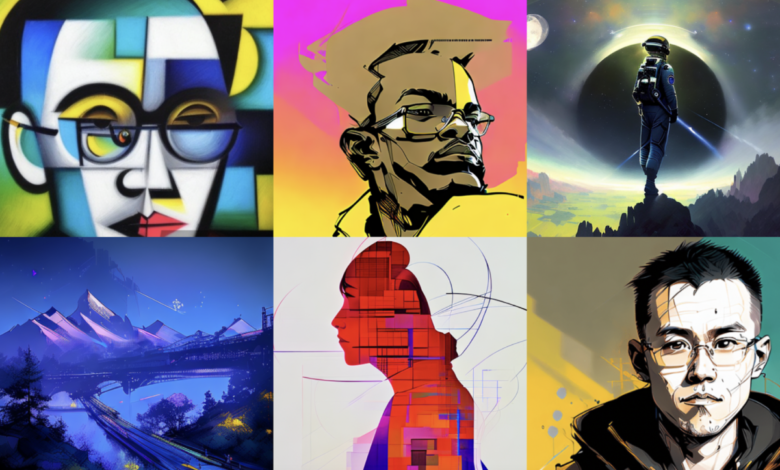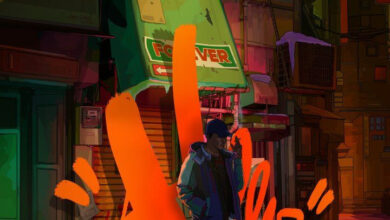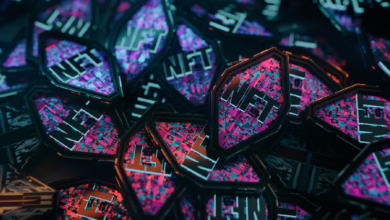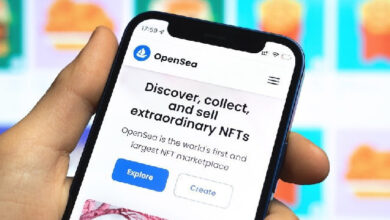Binance’s AI NFT Tool Attracts Thousands Amidst AI Ethics Concerns

Launching an AI art tool is risky business these days. While the AI-art movement continues to develop, with artists and galleries hosting competitions and physical exhibitions displaying the work of artists using the tools, society remains wary of the very concept. The general public has some reason to be; while many of the critiques lobbed at AI artistry are reactionary and based in fear, there are legitimate, ethical concerns surrounding the tools’ creation and use.
But by the looks of it, popular crypto exchange Binance isn’t too bothered by the controversy. On March 1, company CEO Changpeng Zhao announced the release of a beta version of an AI art tool it’s developing called Bicasso. Through Bicasso, Binance users could play around with the tool to create images and mint them as NFTs.
10,000 NFTs in three hours
Bicasso is similar to well-known AI art programs like Midjourney and DALL-E in that users can type in a text prompt to generate an image. Additionally, creators can upload an image for the program to iterate on. Unlike OpenAI’s tool, though, the resulting AI-inspired images are NFTs that can be minted on Binance’s native BNB chain.
Being a demo for potential future marketplace infrastructure involving AI art tools, the beta test capped the mint at 10,000 NFTs. Although some users reported functionality problems due to high traffic demand following the announcement, 9,214 holders were able to mint out all 10,000 NFTs in under three hours.
Experimentation, copyrights, and investigations
That the number one crypto exchange on the planet randomly dropped an AI art tool and allowed its users to mint the results may seem a bit surprising, but it’s actually not so strange that Zhao would want to explore its possibilities.
The proliferation and use of AI art tools in the last six months alone is nothing short of astounding, and companies across nearly every industry you can think of are already brainstorming ways to utilize tools like ChatGPT to their advantage. Being a major Web3 player, Binance is no stranger to experimenting with edgy tech.
What might be surprising, though, is that Zhao announced this experiment so casually given the recent and accumulating lawsuits being filed against companies like Stability AI and Midjourney for alleged breaches of copyright law in how those programs trained their algorithm.
It’s unknown exactly how Bicasso’s program works and what images it was trained on, but it’s possible the Binance team went out of their way to avoid training its algorithm on what could easily be viewed as copyrighted material.
With Binance’s current legal situation, they certainly don’t need any more trouble.
The release of Bicasso comes amid Binance getting grilled by the U.S. Senate over their regulatory compliance as a years-long investigation by the DOJ attempts to ascertain if the exchange was involved in money laundering and criminal sanctions violations. While Zhao has been consistently claimed that his exchange is fully invested in cooperating with the law and abiding by regulations, he is clearly not afraid of making moves in rapidly evolving legal and cultural territory.
While this was only a beta test, and there’s still much the company must determine before moving forward, it’s impossible to ignore Bicasso’s popularity. The short amount of time it took for the community to reach the minting limit is another indication that, despite the critical backlash that AI art tools have received, curiosity in them isn’t going away any time soon.
While there is often a great deal of toxic debate surrounding AI art tools and the artists who use them, it’s clear that there is a wide-reaching desire to explore them amongst the general public.
This is good news, not only for creative expression but for normalizing a technology that is widely misrepresented and unfairly maligned. However, AI art critics tend to view cryptocurrency and NFTs in the same pejorative light, believing they simply represent a superfluous, scam-riddled technocratic fever dream for the few rather than a valuable and democratic addition to society’s progress.
Winning such a group over will require more than appealing to a demographic that is already invested in Web3 tech, but it’s still a step in the right direction. At the very least, the experiment is likely a small taste of something much larger involving AI art the platform could launch in the future.





